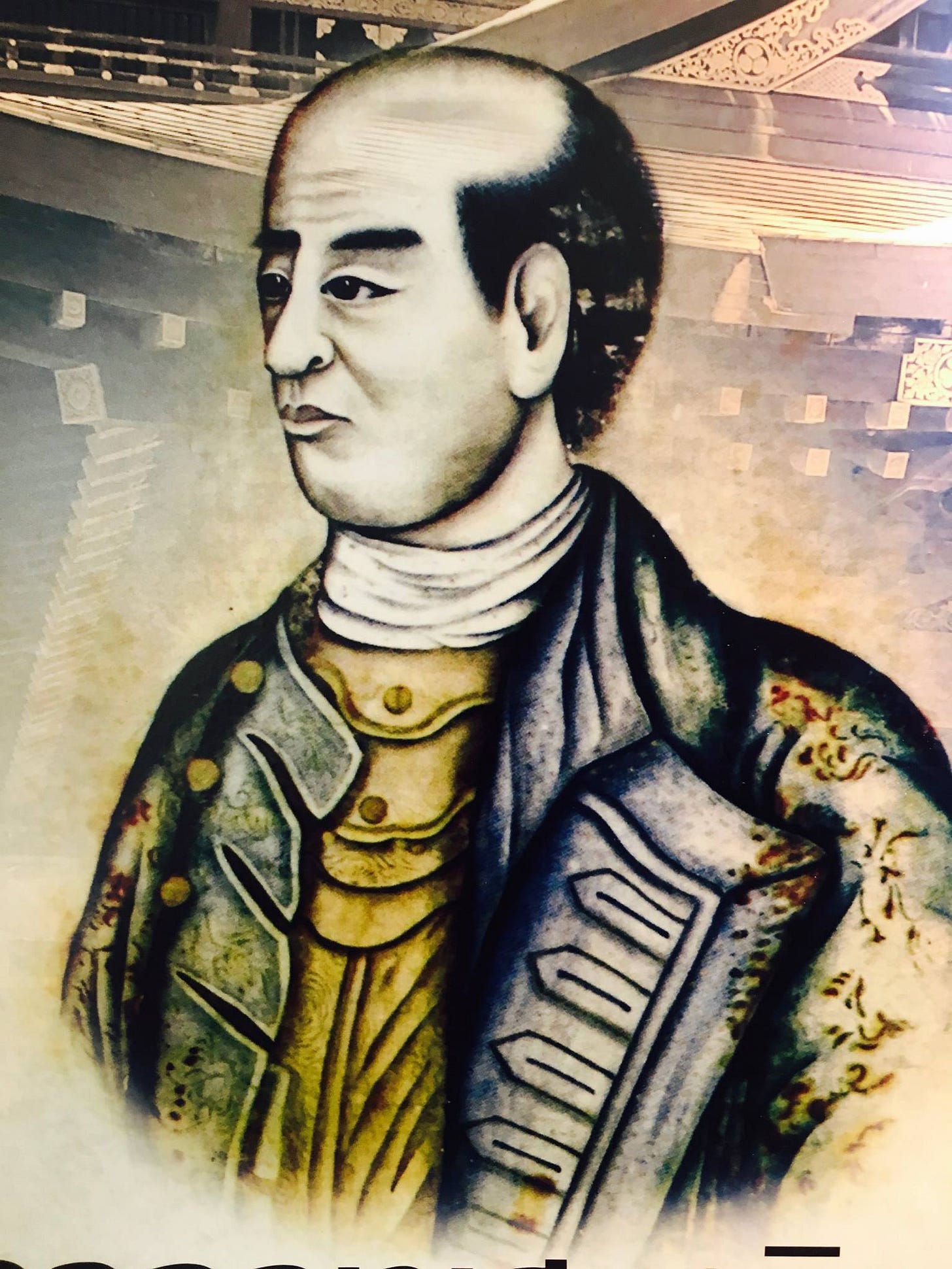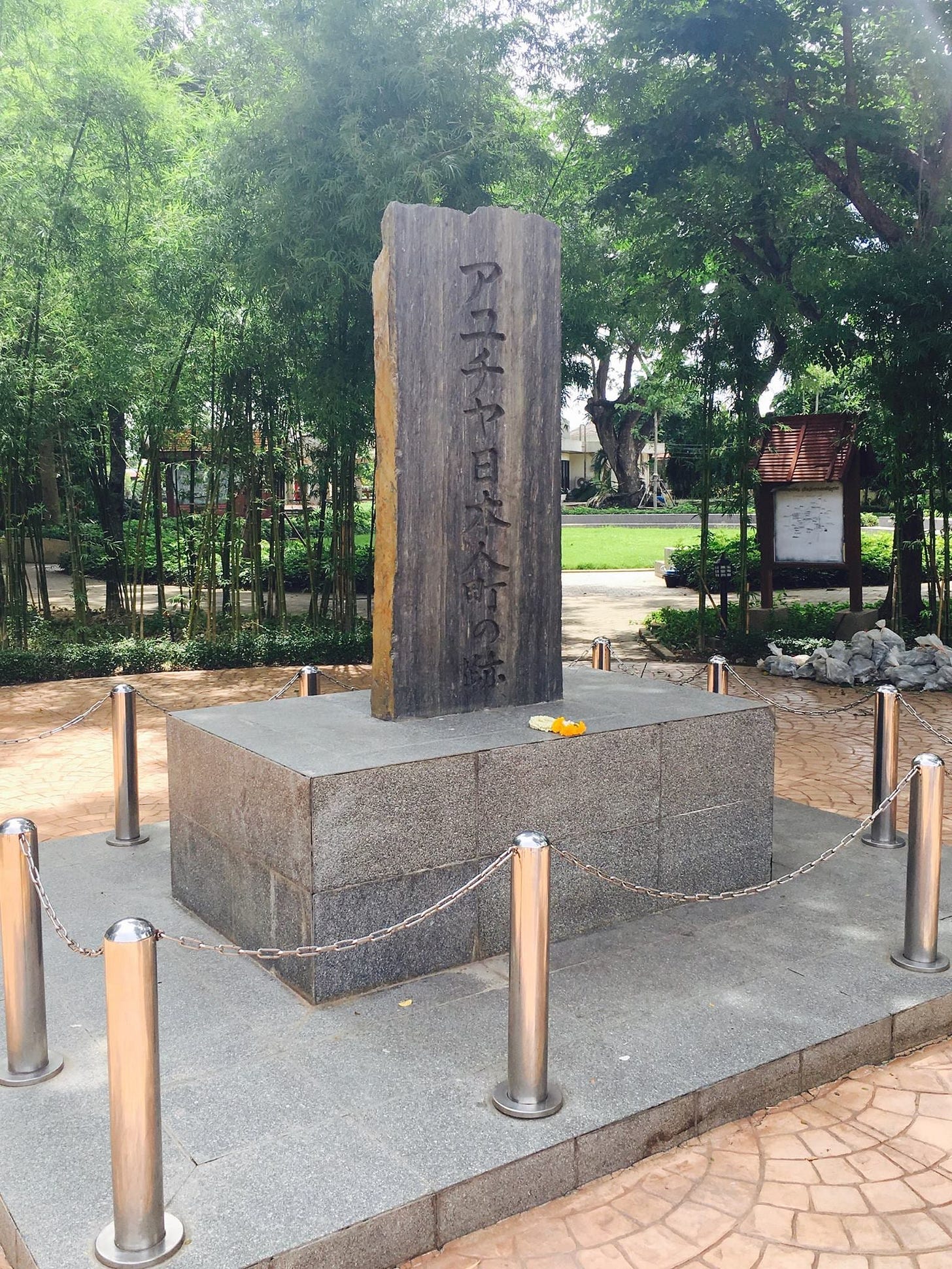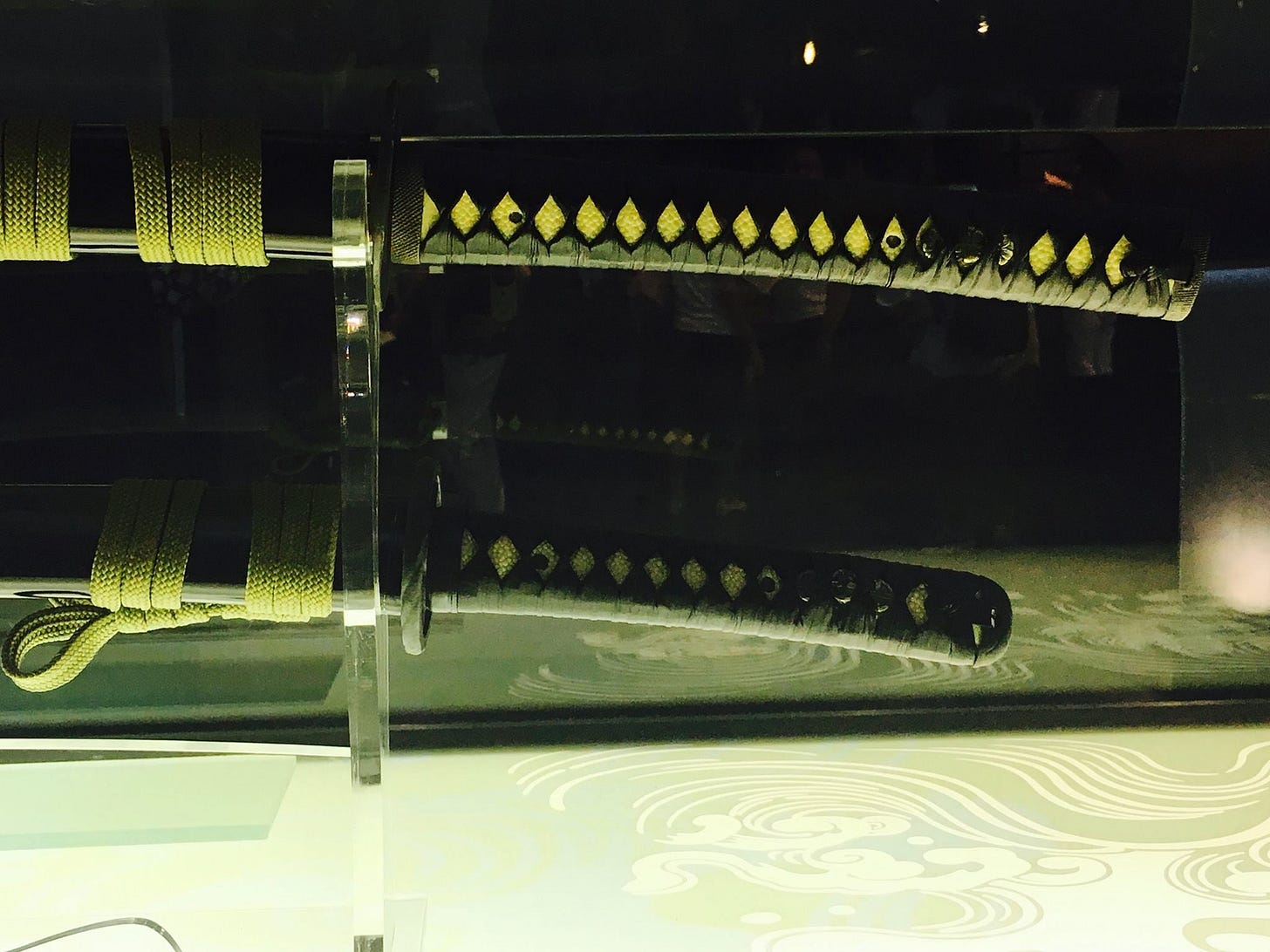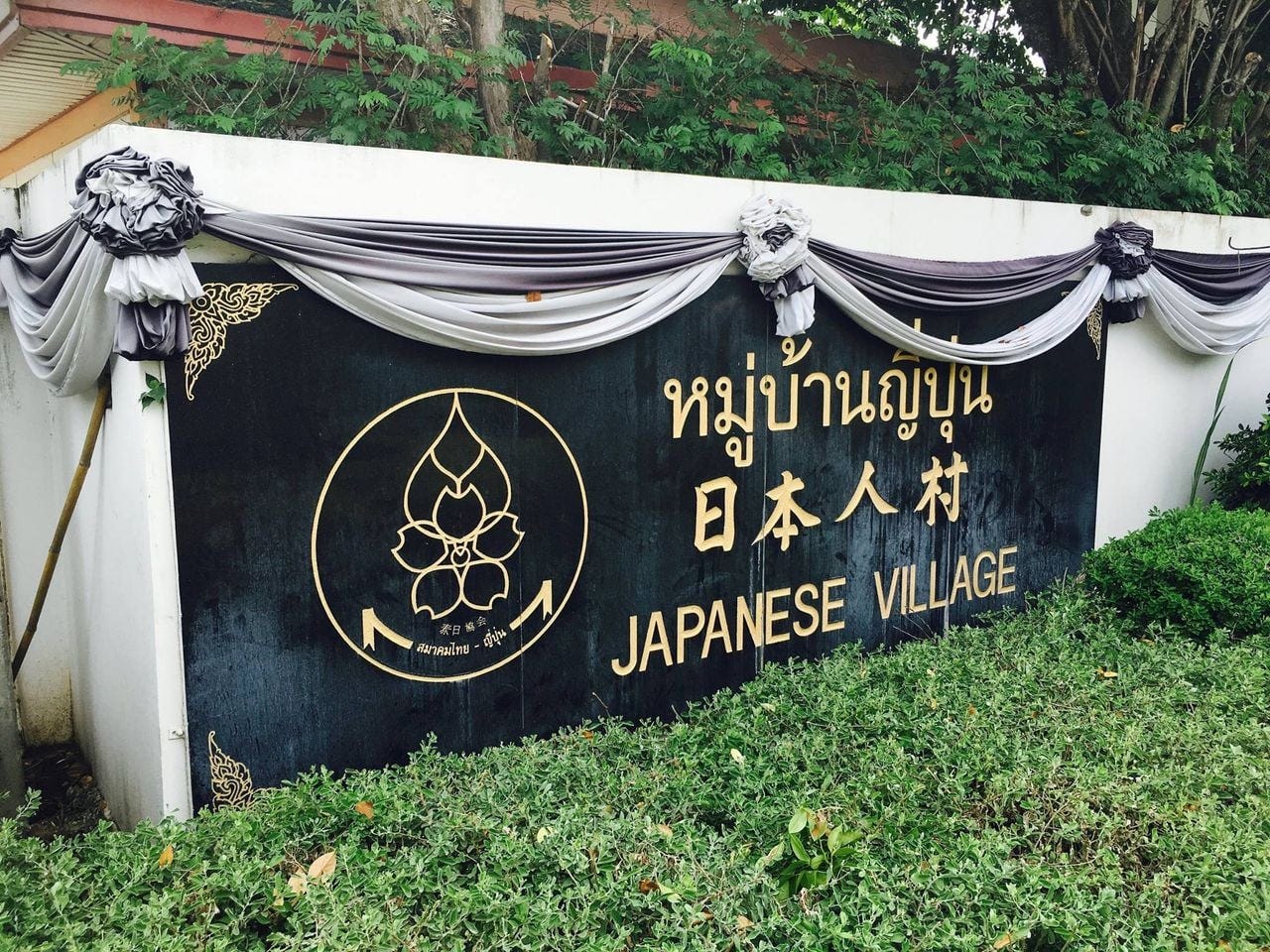Yamada Nizaemon Nagamasa is said to have been born in either Numazu, Suruga, modern-day Shizuoka Prefecture, although possibly in Owari (Aichi) or Ise (Mie) in 1590 (some sources even quote as early as 1578). Yamada Nagamasa was the son of a knife and sword forging blacksmith. His father’s important samurai contacts and the young Nagamasa’s strength led to him being employed at the age of 16 as a palanquin bearer, and possibly a bodyguard, for Lord Okubo Tadasuke of Numazu Domain. Desirous of becoming a great warrior, at one stage, Nagamasa even made the outrageous claim that he was a grandson of the famous Oda Nobunaga! Yamada would realize that dream, becoming an adventurer, pirate trader and later, warrior, although not for a great daimyo, but for the King of Siam.
During the Edo period, the Tokugawa authorities enacted the practice of Sakoku, basically a form of self-exile, whereby no foreign ships or personnel were permitted to enter Japan (with the exception of Dutch traders and only at an island port of Deshima in Nagasaki), and no Japanese were allowed to leave the country without permission. In 1612, and with such red-seal permission from the Tokugawa shogunate, Nagamasa departed aboard an armed merchant ship from Nagasaki and sailed first for Formosa (Taiwan). After a short time there, he continued on to Siam (Thailand) where he set up what soon became a very successful trading business in the royal capital, Ayutthaya.
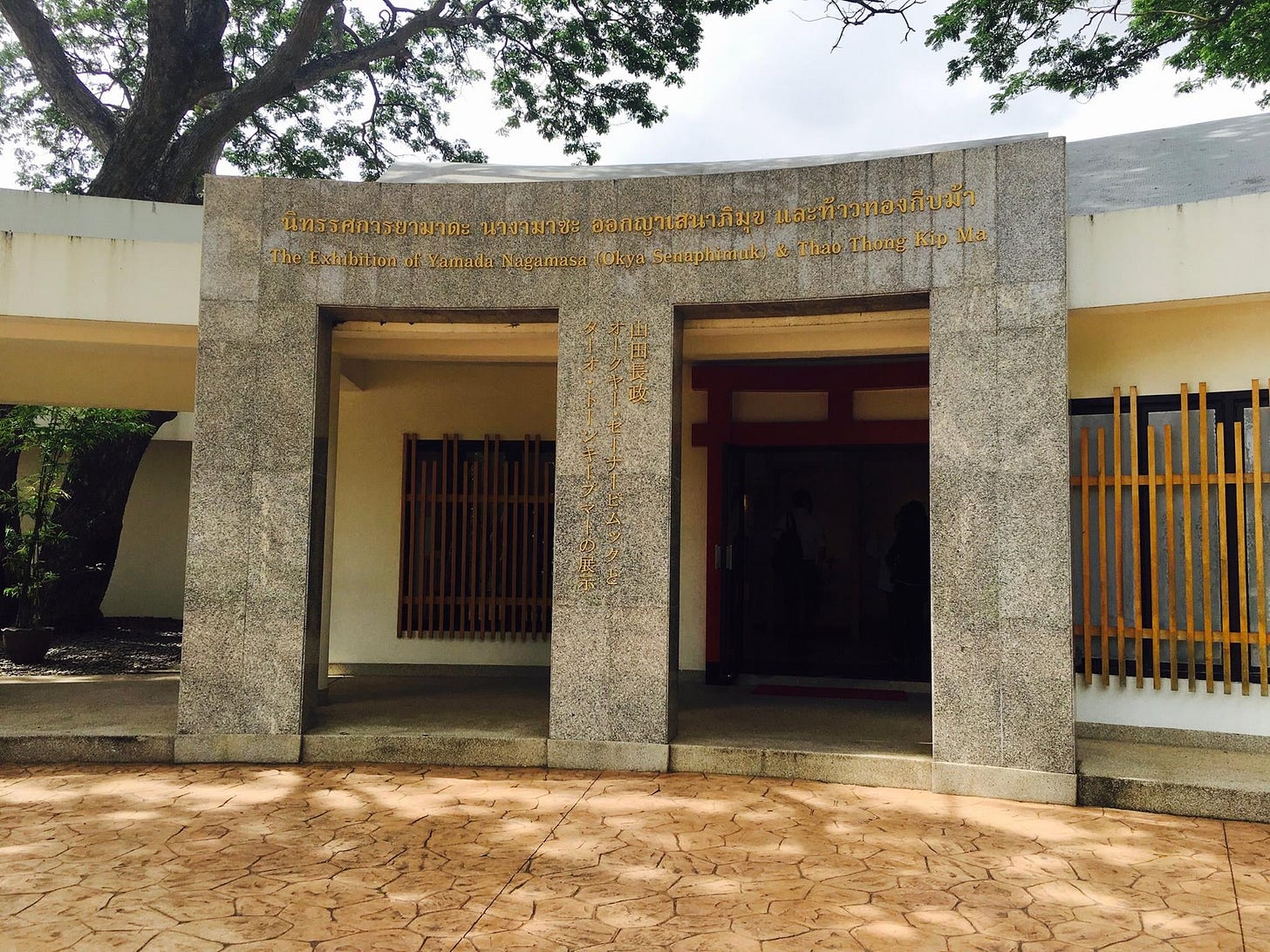
The Japanese community living in Ayutthaya were greatly valued by the south east Asian kingdom for their military expertise. During a revolution within the kingdom of Siam, Yamada Nagamasa at the head of a group of mercenaries, many being Christian samurai escaping persecution as well as a large number of Ronin, having been on the losing sides of Sekigahara and the two Seiges of Osaka, proved to be of great assistance to the King in restoring order. He was also in the front lines in repelling two attacks by Spanish ships. The king then made Nagamasa commander of the Siamese troops. Having trained under his father in forging and fighting with Japanese swords, he ordered the kings’ blacksmiths to make copies of the Japanese katana, with which he used to train and arm the local soldiers.

Not only was Nagamasa made a minister and close advisor to the King, almost in a similar manner as William Adams had been to Tokugawa Ieyasu, but the legend tells that the king gave his daughter in marriage to the Japanese swashbuckler. (Records of this occurring cannot be found in Thailand, raising doubts to its authenticity.) His exalted position enabled many other Japanese to settle in what became known as Nihonjin Mura, the Japanese People’s Village, one of the five or six international communities that developed south of the Ayutthaya Temple.
The Japanese forces soon began to monopolise trade within Ayutthaya, causing confrontations with the Chinese in the neighboring village.
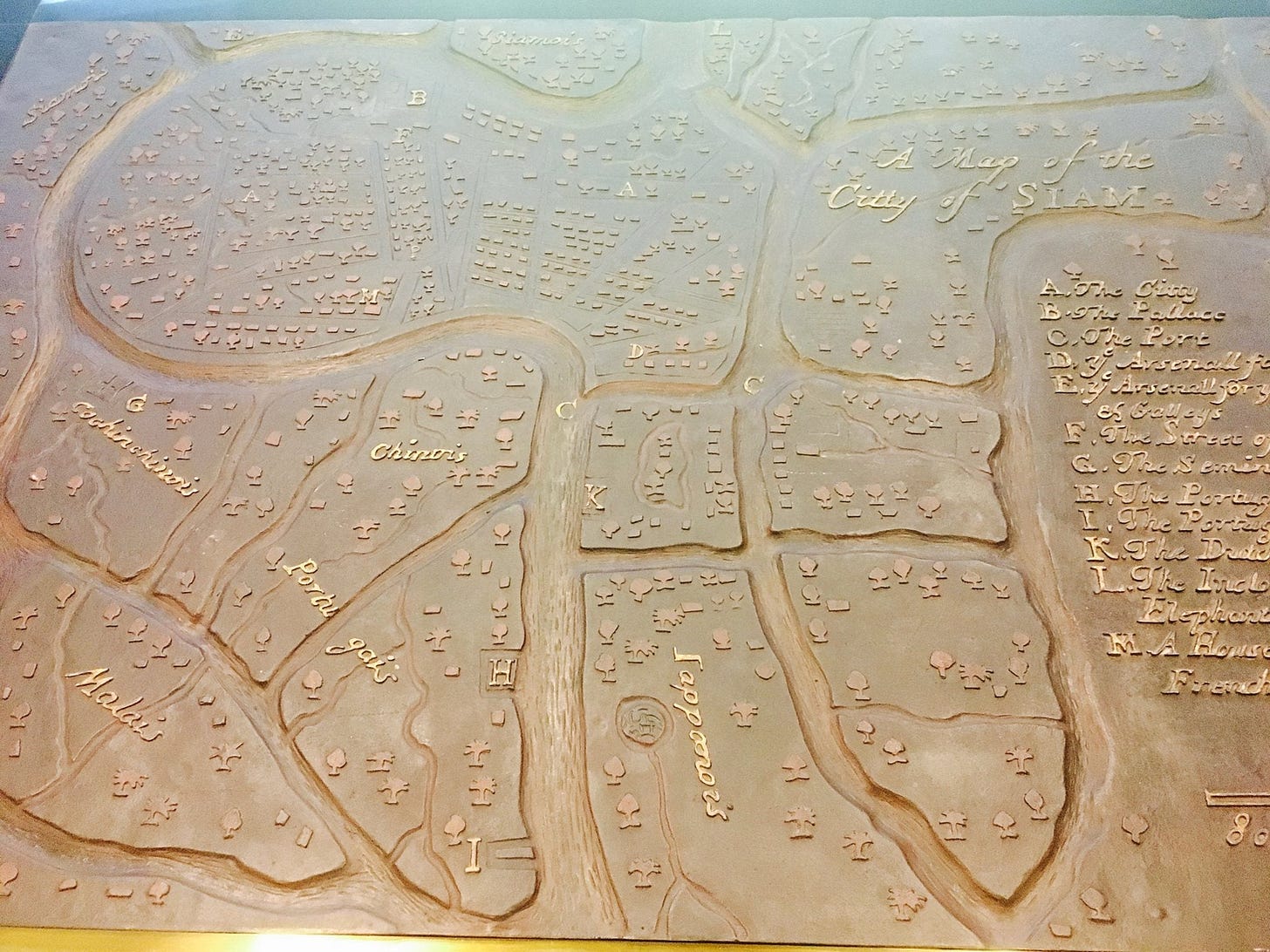
When the aging king of Siam made a proclamation awarding administration of his land to Yamada Nagamasa, a minister, alarmed at the possibility of national power going into the hands of a foreigner, poisoned Nagamasa, leading to his death in 1630. According to surviving Dutch written records, Nagamasa had been wounded in the leg while fighting against the enemy Malay Sultanate Patani forces, and the wound was treated not with medicine, but poison. His daughter sought revenge for her father’s death, but she too was defeated and killed.
In 1959, a Japanese movie, Oja no Tsurugi (Sword of the King) and in 2010, a Thai movie, Yamada Ayutthaya Samurai, both outlining the exploits of Yamada Nagamasa were produced.
The site of the Nihonjin Mura now features a park and a small museum dedicated to the Japanese community who lived there, and to Yamada Nagamasa, the Samurai of Siam.




